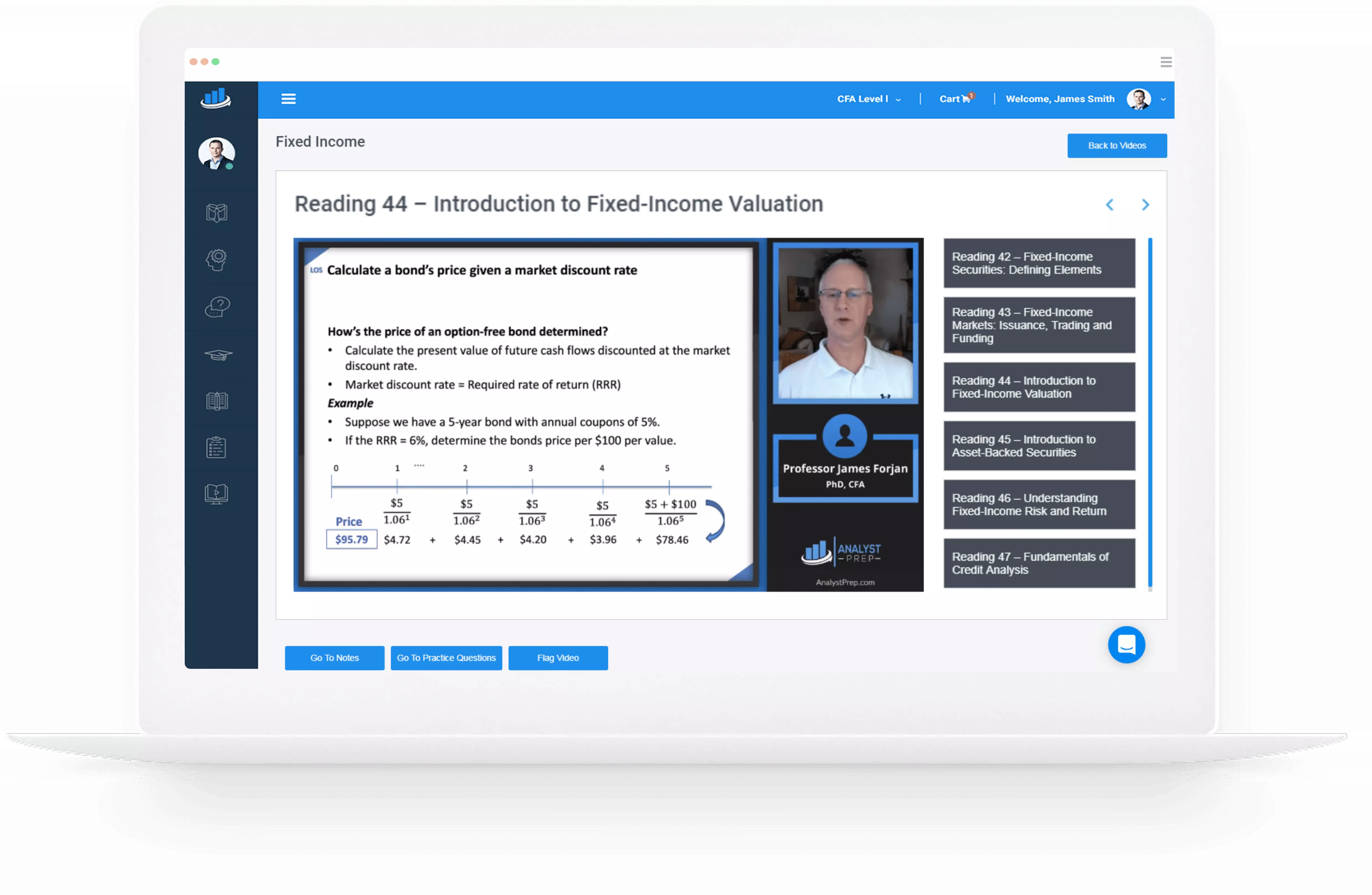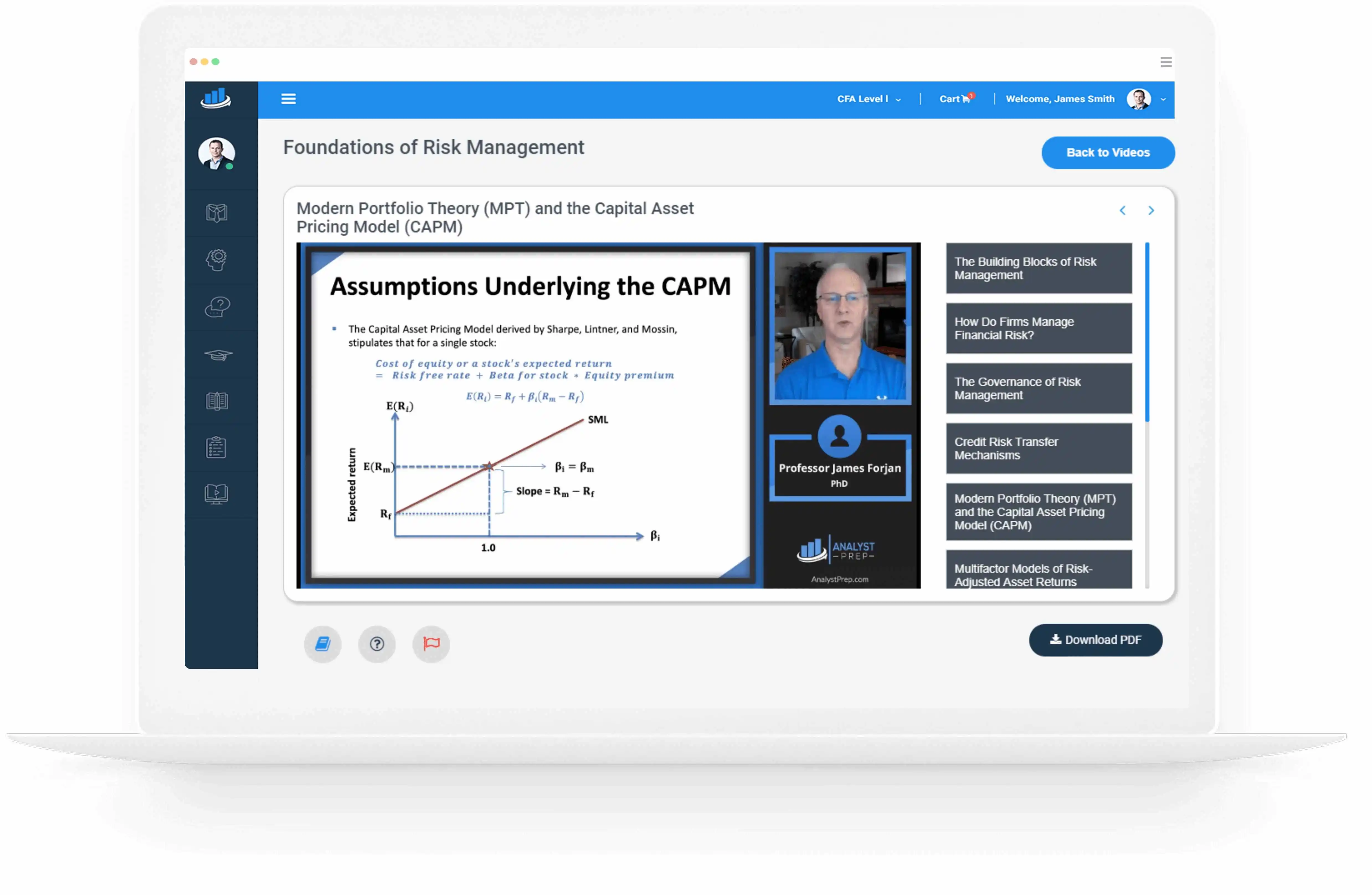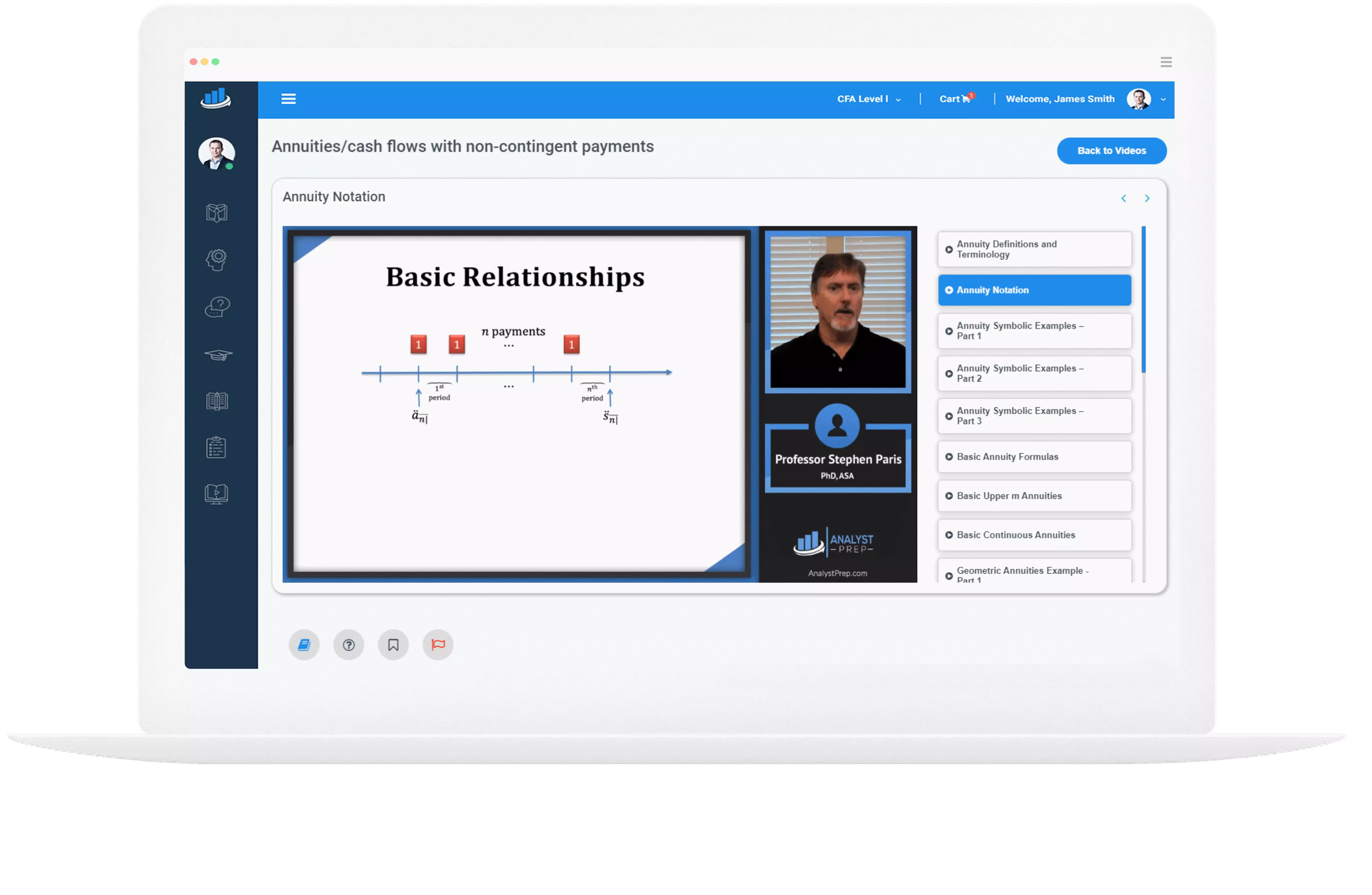Portfolio Construction Approaches
Investment approaches can be categorized as: Systematic or discretionary. Bottom-up or top-down. $$ \textbf{Systematic vs. Discretionary} \\ \small{\begin{array}{l|l} \textbf{Systematic} & \textbf{Discretionary} \\ \hline {\text{The objective of systematic strategies is} \\ \text{to construct portfolios whose returns are} \\ \text{derived from a…
Building Blocks of Active Equity Portfolio Construction
Active returns are assessed in relation to a benchmark. If a portfolio holds the same securities in the same proportions as the benchmark, no active return exists. However, active return emerges when the portfolio manager starts to allocate more or…
Equity Investment Style Classification
Holdings-based Approaches In a holdings-based approach, the style scores of individual holdings within a portfolio are combined. Each holding receives a ‘score,’ which is then summed to evaluate the entire portfolio. An example of this approach is the Morningstar Style…
Creating a Quantitative Investment Strategy
Defining the investment thesis. Data acquisition and processing. Back testing the strategy. Evaluate the strategy. Construct the portfolio. Defining the Investment Thesis The initial step involves creating an investment thesis that identifies a potential market opportunity. Quantitative analysts (known as…
Developing an Active Investment Strategy
Statistical Arbitrage Define the investment universe: An analyst defines a broad category for potential investments. For instance, they might consider European Union equities. Narrow down the scope: The next step is to narrow down the range of options to make…
Statistical Arbitrage and Microstructure
Statistical Arbitrage Pairs Trading Statistical arbitrage aims to generate profits by recognizing relationships between two securities and using this relationship to predict the future movement of their prices. Typically, this relationship is based on the correlation between the prices of…
Activist Strategies
The goal of activist investing is typically to purchase a stake in a company (often 10% or less) and then influence certain aspects of the company's operations in order to increase shareholder value (could also be ESG motivations but commonly…
Factor-Based Active Strategies
Similar to the concept of smart beta, factors are specific characteristics or variables that can influence how investments perform in a portfolio. When using a factor-based strategy, the goal is to identify what might cause a stock's price to go…
Top-down Strategies
Instead of picking individual stocks, top-down managers use broad market ETFs and contracts linked to financial instruments to adjust their portfolios. They put more money in markets they expect to do well and less in those expected to perform poorly….
Bottom-up strategies
In equity investments, whether a manager follows a fundamental or quantitative approach, they can further be classified as bottom-up or top-down investors. Bottom-up strategists focus on individual company data, while top-down approaches start with macroeconomic factors that could impact multiple…




